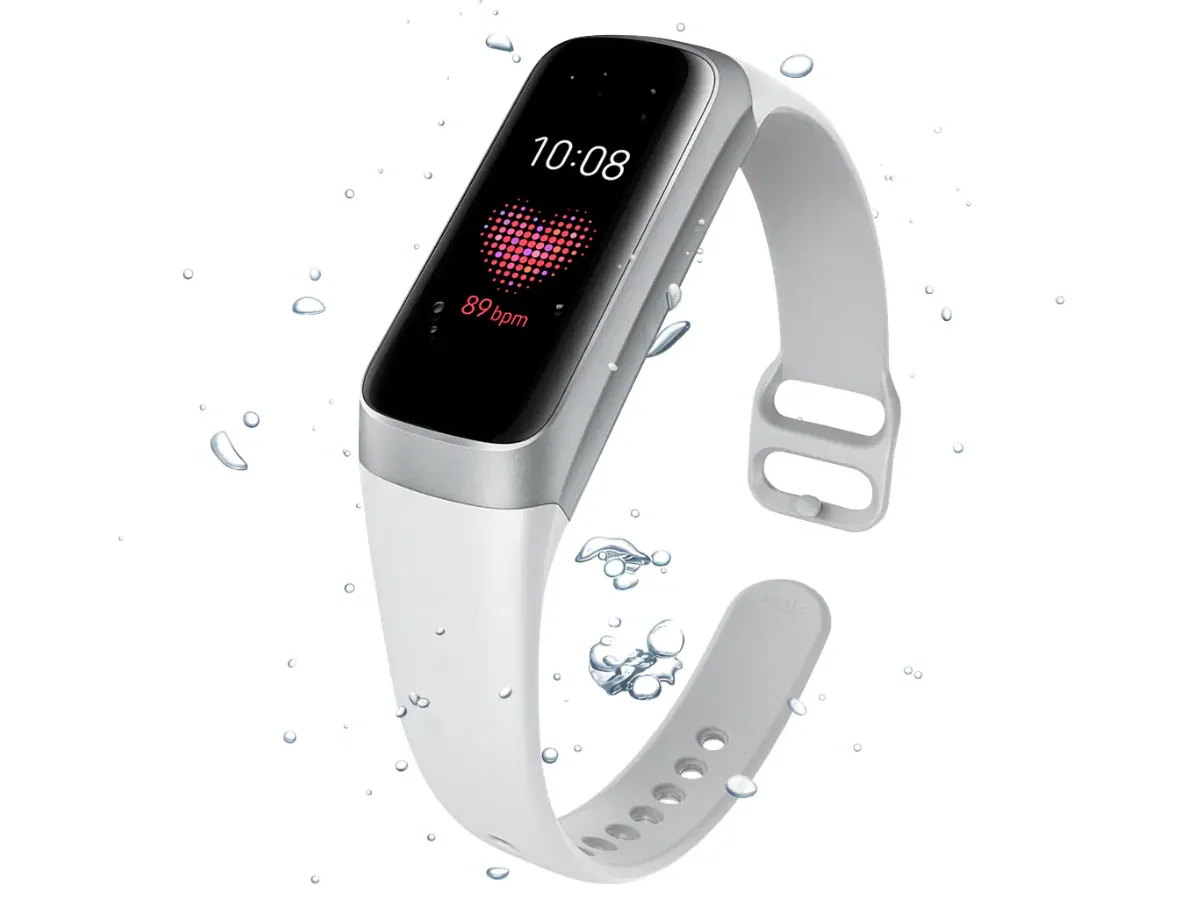Welcome to our comprehensive guide to unveiling the most accurate watches! In this article, we’re going to take a look at field watches, which are renowned for their precision. While the word “accuracy” often makes us think of sleek, modern gadgets, field watches offer a classic combination of reliability and functionality that has stood the test of time.
From the battlefields of the past to the wrists of modern-day adventurers, field watches have earned their place as essential companions for those who demand precision in every tick. Join us as we take a look at the fascinating history, key features and enduring appeal of these exceptional timepieces.
The Quest for Precision: Mechanical vs. Quartz Movements
Understanding the inner workings of watches movements is essential when it comes to precision. Let’s break down the mechanics of two primary movement types: mechanical and quartz.
Mechanical Movements
Mechanical watches operate through a complex interplay of gears, springs, and escapements. Skilled artisans meticulously craft each movement, a testament to traditional watchmaking craftsmanship. The watch’s mainspring, wound as the wearer moves, gradually releases its stored energy to power the watch’s movement. The intricate ballet of gears and components ensures the smooth and precise progression of time.
Quartz Movements
In contrast, quartz watches rely on the piezoelectric properties of quartz crystals to keep time. An electrical current applies to the quartz crystal, causing it to vibrate at a specific frequency that is incredibly stable and consistent. Electronic circuits within the watch then translate these vibrations into precise timekeeping. People celebrate quartz watches for their remarkable accuracy and low maintenance requirements.
Highlighting Inherent Accuracy Differences
While both mechanical and quartz watches are capable of accurate timekeeping, there are inherent differences in their precision. Quartz watches are renowned for their exceptional accuracy, typically losing or gaining just a few seconds per month. On the other hand, mechanical watches, while admired for their craftsmanship and heritage, may experience slight variations in timekeeping due to factors like temperature, position, and wear. However, advancements in mechanical watch technology have led to the development of highly precise movements, narrowing the gap between mechanical and quartz accuracy.
By understanding the mechanics of each movement type, watch enthusiasts can make informed decisions based on their preferences for precision and craftsmanship.
Read more: ……
Unveiling the Accuracy Standard: COSC Certification and Beyond
In their quest for precision, watch enthusiasts frequently look to certifications as a mark of excellence. The Contrôle Officiel Suisse des Chronomètres (COSC), also known as the Official Swiss Chronometer Testing Institute, awards one such prestigious certification. Let’s delve into the COSC certification process and explore alternative high-accuracy standards like METAS.
COSC Certification Process
The COSC certification process is rigorous and exacting, designed to evaluate the accuracy and reliability of mechanical watch movements. Each movement is subjected to a series of tests over several days in various positions and temperatures. Only movements that meet strict accuracy criteria, typically within -4 to +6 seconds per day, receive the coveted COSC certification. This prestigious distinction assures buyers of a watch’s exceptional precision and performance.
Significance of COSC Certification
For watchmakers, securing COSC certification is a badge of honor, signaling their commitment to craftsmanship and precision. COSC-certified watches command a premium in the market, attracting discerning collectors and enthusiasts who value accuracy above all else. Beyond its commercial appeal, COSC certification represents a time-honored tradition of Swiss watchmaking excellence.
Exploring Alternative High-Accuracy Standards: METAS
While COSC certification remains the gold standard for mechanical watch accuracy, alternative high-accuracy standards have emerged to meet the demands of modern watchmaking. One notable example is the Swiss Federal Institute of Metrology (METAS) certification, introduced by Omega. METAS-certified watches undergo stringent testing for magnetic resistance, precision, and performance under real-world conditions. This innovative certification ensures that watches not only meet but exceed traditional accuracy standards, setting new benchmarks for excellence in timekeeping.
In the pursuit of precision, COSC certification and alternative high-accuracy standards like METAS offer reassurance to watch aficionados seeking uncompromising accuracy and reliability.
Beyond the Movement: Factors Affecting Watch Accuracy
Achieving optimal timekeeping accuracy extends beyond the watch movement’s mechanics. Several external factors can significantly impact a watch’s performance. Let’s look at how temperature fluctuations, magnetism, and wearing habits affect watch accuracy.
Temperature Fluctuations
Temperature variations can affect the elasticity of materials within a watch, leading to changes in its rate of timekeeping. Extreme heat can cause components to expand, while cold temperatures can cause contraction, both affecting the watch’s overall accuracy. Watch manufacturers often design timepieces with compensatory mechanisms to mitigate the effects of temperature fluctuations and maintain consistent performance across a range of conditions.
Magnetism
In our increasingly digital world, magnetic fields abound, posing a significant threat to the accuracy of mechanical watches. Watch movements can become magnetized when exposed to magnetic fields from everyday objects like smartphones, laptops, or magnetic closures. This causes erratic timekeeping. To combat this, some watchmakers use antimagnetic materials or incorporate shielding into their timepieces to protect against magnetic interference.
Wearing Habits
Believe it or not, how you wear your watch can impact its accuracy. Wearing habits, including the tightness of the watch’s fit, the frequency of winding (for mechanical watches), and the regularity of servicing, can significantly impact timekeeping. Improper handling or neglecting maintenance intervals can lead to deviations in accuracy over time. By adopting proper wearing habits and adhering to recommended servicing schedules, watch enthusiasts can ensure consistent performance and longevity from their timepieces.
By understanding and addressing these external factors, watch aficionados can maximize the accuracy and reliability of their cherished timepieces.
Displaying Precision: Examples of High-Accuracy Watches
In the realm of high-accuracy timepieces, several standout watches push the boundaries of precision and innovation. Let’s explore a few remarkable examples that exemplify the pursuit of accuracy.
Citizen Calibre 0100
Image: CITIZEN’s passion for pioneering the future of the watch comes together with a design that fuses universality and innovation. (source)
At the forefront of precision timekeeping is the Citizen Calibre 0100, hailed as the world’s most accurate quartz watch. This groundbreaking timepiece boasts a remarkable accuracy of ±1 second per year, setting a new standard for quartz technology. Powered by Citizen’s innovative Calibre 0100 movement, this watch utilizes a high-precision quartz oscillator and advanced temperature compensation to deliver unparalleled accuracy. With its sleek design and cutting-edge technology, the Citizen Calibre 0100 represents the pinnacle of quartz watchmaking excellence.
TAG Heuer Carrera Calibre 36
This TAG Heuer Carrera proudly displays its iconic allure. (source)
For enthusiasts of mechanical timepieces, the TAG Heuer Carrera Calibre 36 stands as a beacon of precision in the world of chronographs. Equipped with TAG Heuer’s proprietary Calibre 36 movement, this watch boasts an impressive frequency of 36,000 vibrations per hour, resulting in exceptional accuracy and precision timing capabilities. Whether measuring elapsed time on the racetrack or tracking split-second intervals, the Carrera Calibre 36 delivers reliable performance and uncompromising accuracy, earning its place among the elite of chronograph watches.
Zenith Defy Lab
Image: This timepiece is conceived to take you to the greatest heights of precision timekeeping. source
In the pursuit of ultimate precision, Zenith introduced the Defy Lab, showcasing groundbreaking advancements in mechanical watchmaking. Utilizing a revolutionary oscillator made from a single piece of monocrystalline silicon, the Defy Lab achieves unprecedented levels of accuracy, boasting a daily rate variation of just ±0.3 seconds. This innovative timepiece redefines the boundaries of mechanical watch accuracy, offering unparalleled performance and reliability. While availability may vary, Zenith Defy Lab remains a testament to the relentless pursuit of precision in horology.
These extraordinary timepieces exemplify the pinnacle of watchmaking craftsmanship and technological innovation, setting new standards for accuracy and performance in the world of haute horlogerie.
More Than Just Precision: Additional Watch Considerations
While precision is undoubtedly a crucial factor when choosing a watch, there are several other considerations to keep in mind to ensure that your timepiece meets your needs and preferences. Let’s delve into these additional factors beyond accuracy.
Durability
A watch designed for precision timekeeping should also be built to withstand the rigors of daily wear and various environments. Consider factors such as case material, water resistance, and scratch resistance to ensure that your watch can endure the demands of your lifestyle.
Functionality
Beyond telling time accurately, modern watches offer a plethora of additional features and complications to enhance their utility. Consider whether you require features such as chronographs, dual time zones, or date complications to suit your lifestyle and preferences.
Aesthetics
While functionality and precision are paramount, aesthetics play a significant role in selecting the perfect timepiece. Choose a watch that resonates with your personal style and reflects your individual taste, whether you prefer classic elegance, sporty sophistication, or avant-garde design.
Considering Individual Needs
Ultimately, the perfect watch is not just about precision—it’s about finding a timepiece that aligns with your unique needs and lifestyle. Whether you’re an avid traveler, outdoor enthusiast, or urban professional, prioritize features and characteristics that enhance your daily life and bring joy to your wrist.
By considering factors like durability, functionality, aesthetics, and individual needs alongside accuracy, you can ensure that your chosen timepiece is not just a precision instrument but a cherished companion for years to come.
Maintaining Peak Performance: Tips for Ensuring Watch Accuracy
To preserve the precision and reliability of your timepiece, proper maintenance and care are essential. Here are some tips to help ensure that your watch continues to perform at its best:
Regular Servicing for Optimal Watch Function
Just like any finely-tuned machine, watches require regular servicing to maintain peak performance. Depending on usage and manufacturer recommendations, a qualified watchmaker recommends servicing your watch every three to five years. A qualified watchmaker will clean, lubricate, and adjust the watch during servicing to ensure accurate timekeeping and smooth operation.
Minimizing Magnetic Exposure
Magnetic fields can adversely affect the accuracy of mechanical watches by disrupting the balance spring and escapement mechanism of mechanical watches, affecting their accuracy. To minimize magnetic exposure, avoid placing your watch near strong magnetic sources such as speakers, smartphones, or magnetic closures. Furthermore, consider investing in an antimagnetic watch or one with antimagnetic properties to provide additional protection against magnetic interference.
By following these simple tips and practices, you can help maintain the accuracy and performance of your watch for years to come, ensuring that it remains a reliable companion on your wrist.
Read more:….
Conclusion: Choosing the Right Watch for Your Needs
When you’re choosing a watch, it’s important to think about a few things to make sure you get the right one. Accuracy is one of the most important things, but there are other factors that affect how appealing a watch is too.
While accuracy is important, it’s just one thing to think about when choosing the right watch for you. Take the time to explore different brands, models, and styles, and focus on features that fit your lifestyle and preferences. Whether you’re drawn to the precision of quartz technology or the craftsmanship of mechanical movements, there’s a perfect timepiece waiting to grace your wrist.
By making informed decisions based on a combination of accuracy, durability, functionality, aesthetics, and individual preferences, you can find a watch that not only tells time but also tells your story.






